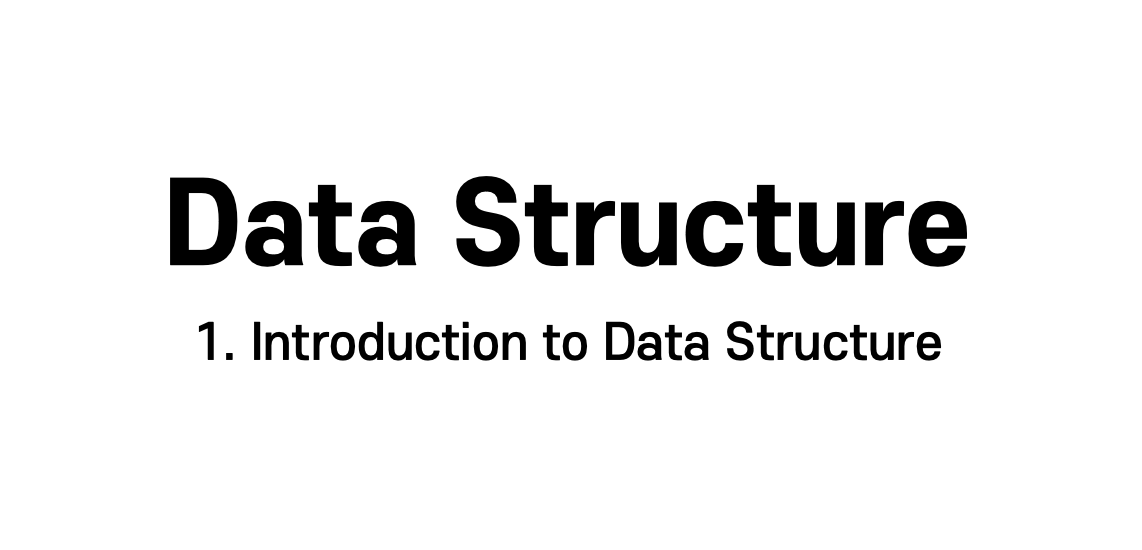
이 시리즈의 모든 자료와 내용의 출처는 2021-2 고려대학교 COSE213 정원기 교수님의 자료구조 수업임을 밝힙니다.
Introduction to Data Structure
Software System Life Cycle
총 5단계로 구성
: Requirements - Analysis - Design - Refinement & Coding - Verification
Requirements
- Input, Output의 Specification
- Function의 Specification
- Error Handling
Analysis
- 문제 상황을 manageable한 수준으로 break-down
- Strategies : Bottom-up / Top-down
Bottom-up : small / specific한 function들에서 시작 -> connect (structured programming)
Top-down : high-level to low-level, complex system (OOP)
Design
- Language-independent (No coding!)
- Data objects and operations
: Defining ADTs(Abstract Data Type)
Specifying Algorithms (Operations / Functions)
Refinement & Coding
- Choosing representations and writing algorithms
- Programming Paradigms : Structured Programming, Modular Programming, OOP...
Verification
- Correctness proofs
- Testing : All possible scenarios / Measure running time
- Error removal
Data Abstraction & Encapsulation
What is Data Abstraction & Encapsulation?
- Data Encapsulation
: Concealing of the implementation details of a data object from the outside
ex) class - public / private (cannot be accessed from outside) - Data Abstraction
: Separation between the specification (what) of a data object and its implementation (how) - methods & variables
ADT (Abstract Data Type)
-
Data type : Collection of objects and a set of operations
ex) int
Objects : 0, 1, -1, 2, -2, ... , MININT, MAXINT
Operations : +, -, *, /, ... -
Abstract Data Type
: A data type that the specification of objects and operations is separated from the representation and implementation
(구체적 구현 방법을 포함하지 않는 추상적인 데이터 타입) -
Example of ADT
ADT NaturalNumber
Objects : an ordered range of the integers from 0 to MAXINT
Functions :
+, -, <, ==, = ...
Zero():NaturalNumber
IsZero(x):Boolean
Add(x, y):NaturalNumber
Equal(x, y):NaturalNumber
Successor(x):NaturalNumber
Subtract(x, y):NaturalNumber
Benefits of Abstraction & Encapsulation
- Simplification of development
- Easier Testing and Debugging
- Reusability
- Modification of data type without changing interfaces
Algorithm
What is Algorithm?
- Finite set of instructions that accomplishes a particular task
- Criteria :
Input >= 0 / Output >= 1
Definiteness : Instructions should be clear and umambigous
Finiteness : Algorithm terminates after a finite number of steps
Effectiveness : Every instruction must be basic enough to be carried out ( Pseudo-codes )
Recursive Algorithm
- A function calls itself (direct)
- Or A function calls another function that invokes the calling function (indirect)
- Related to mathematical induction
- Terminating condition is essential for every recursive algorithm